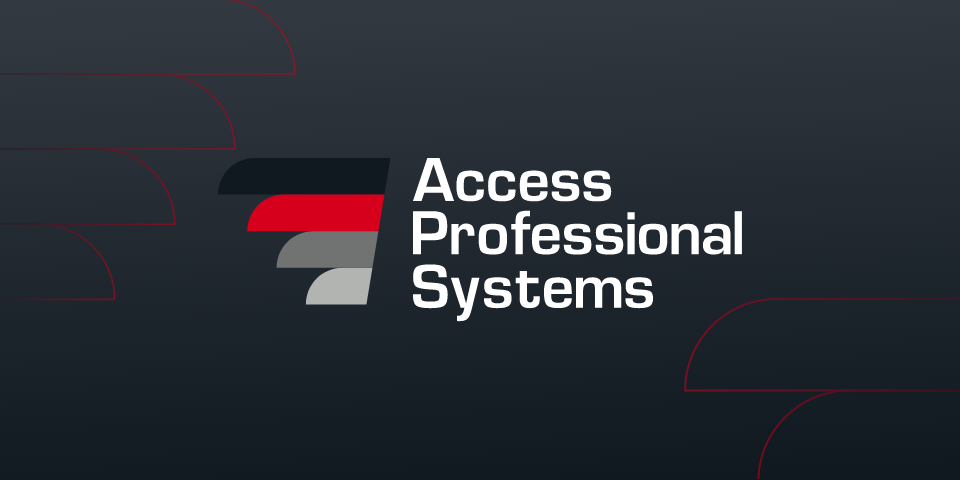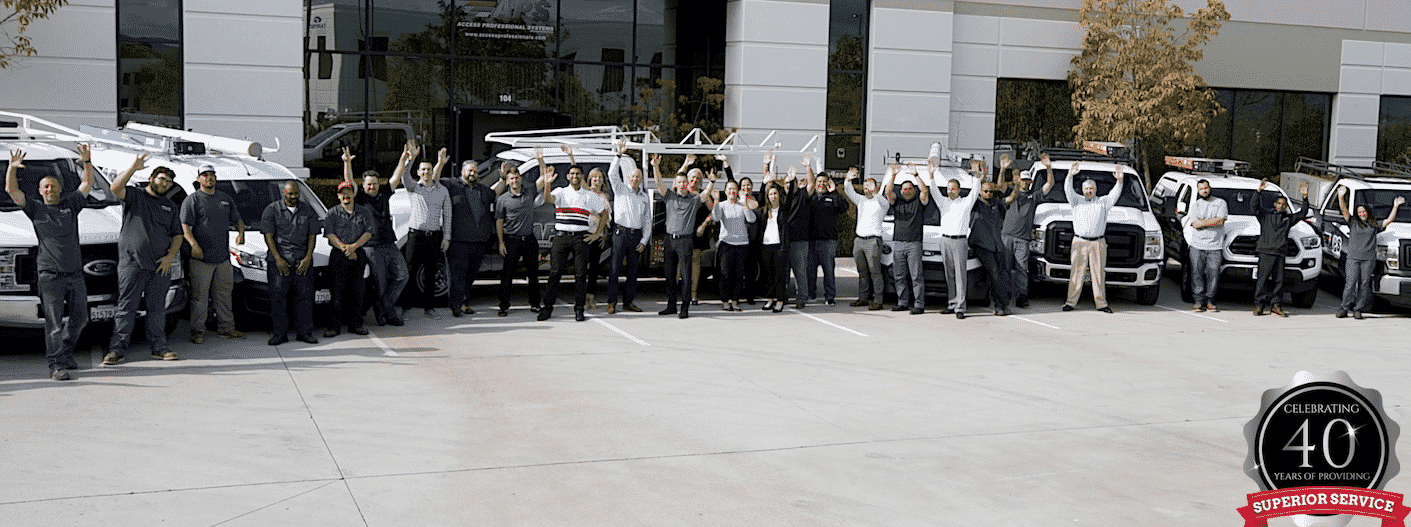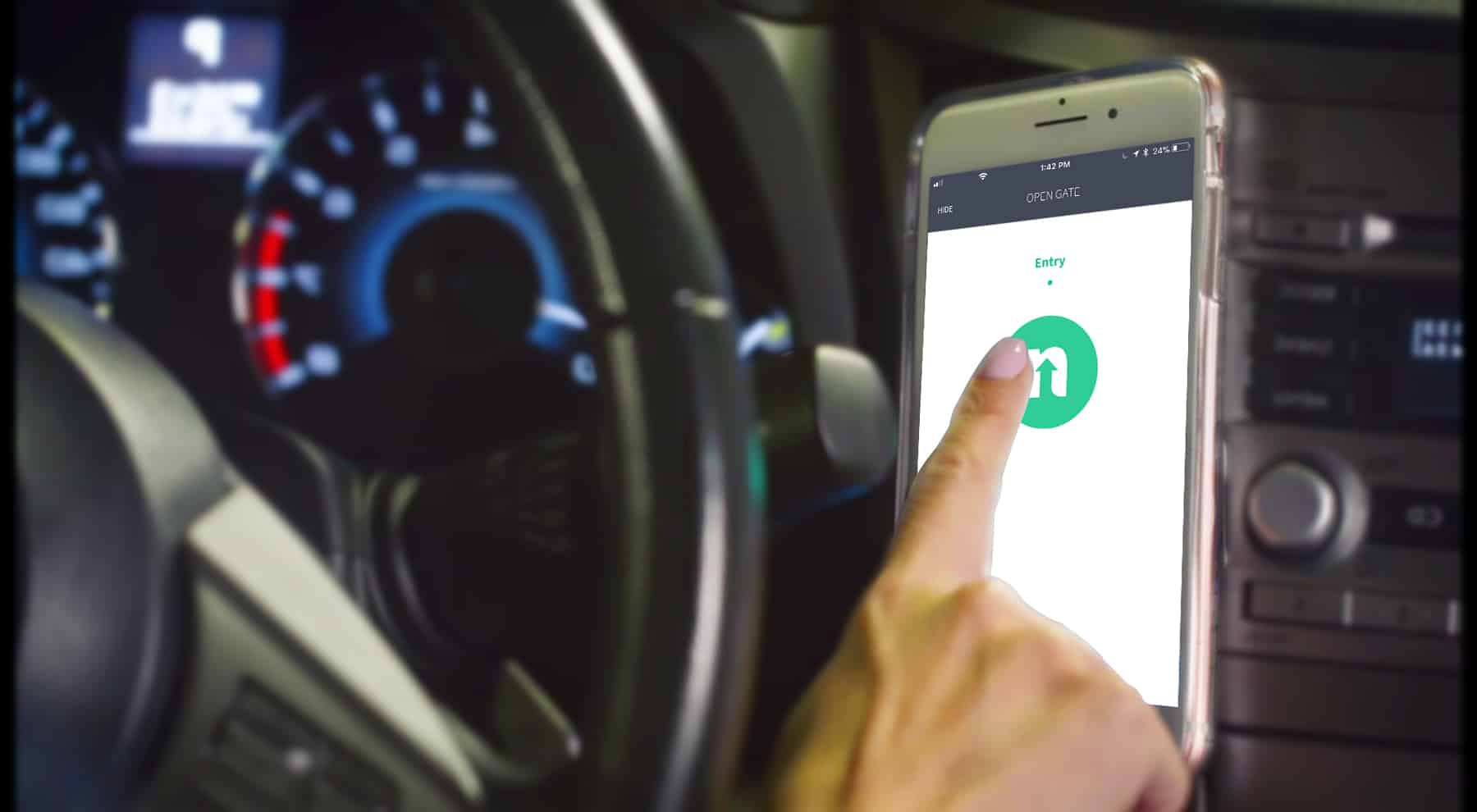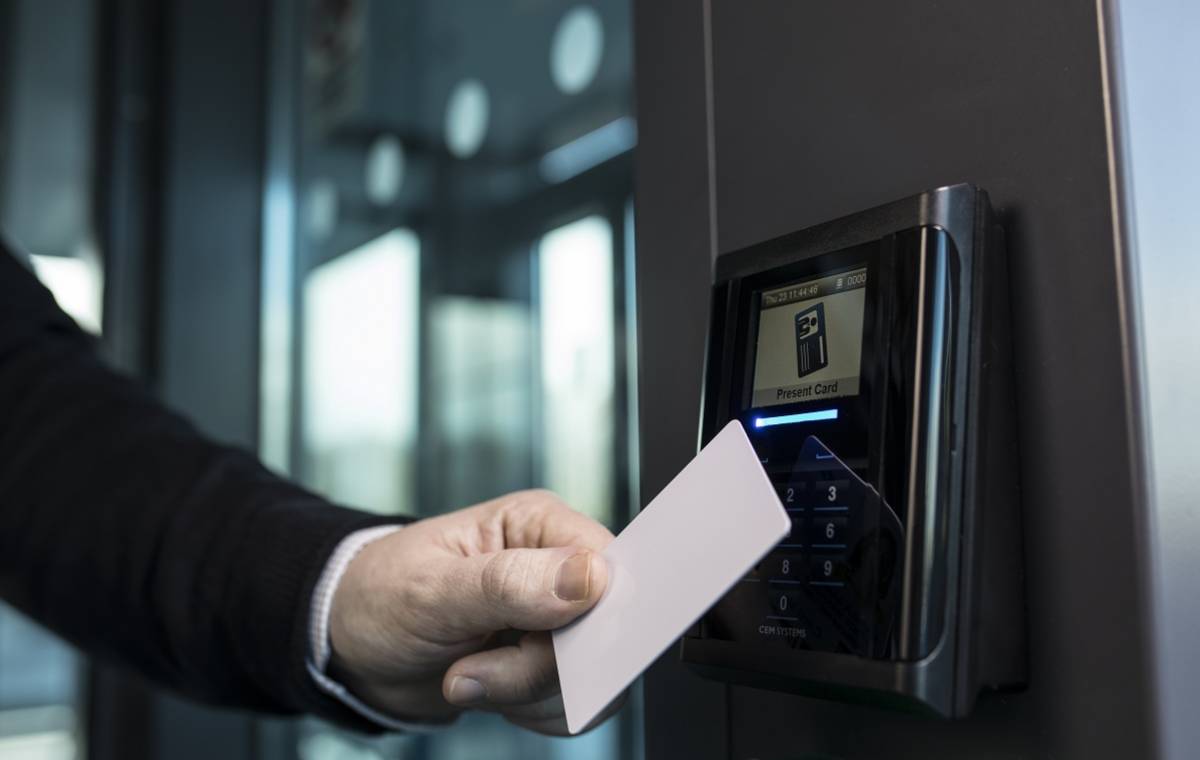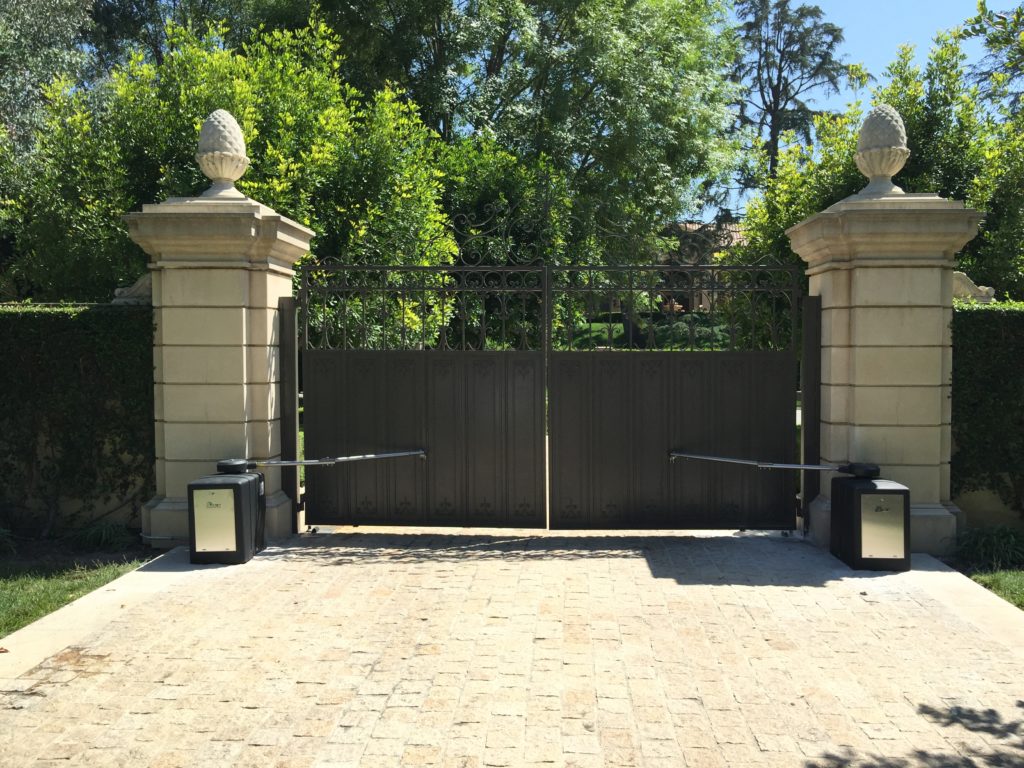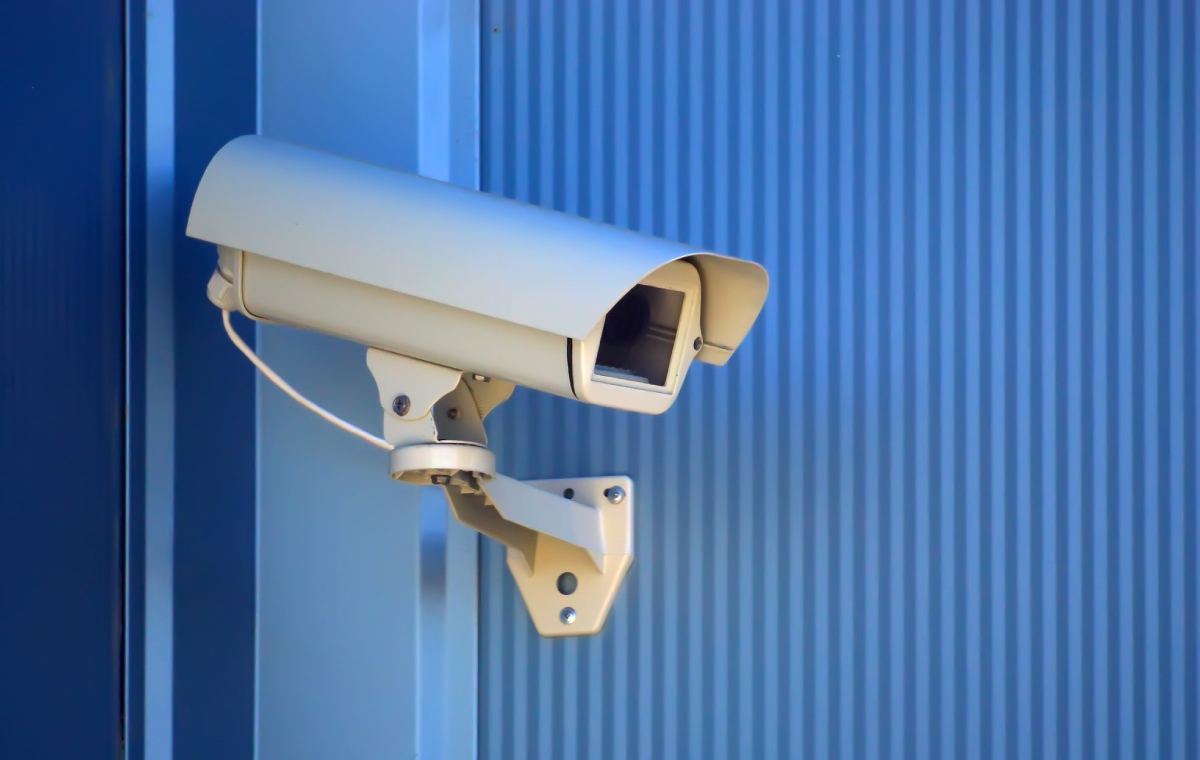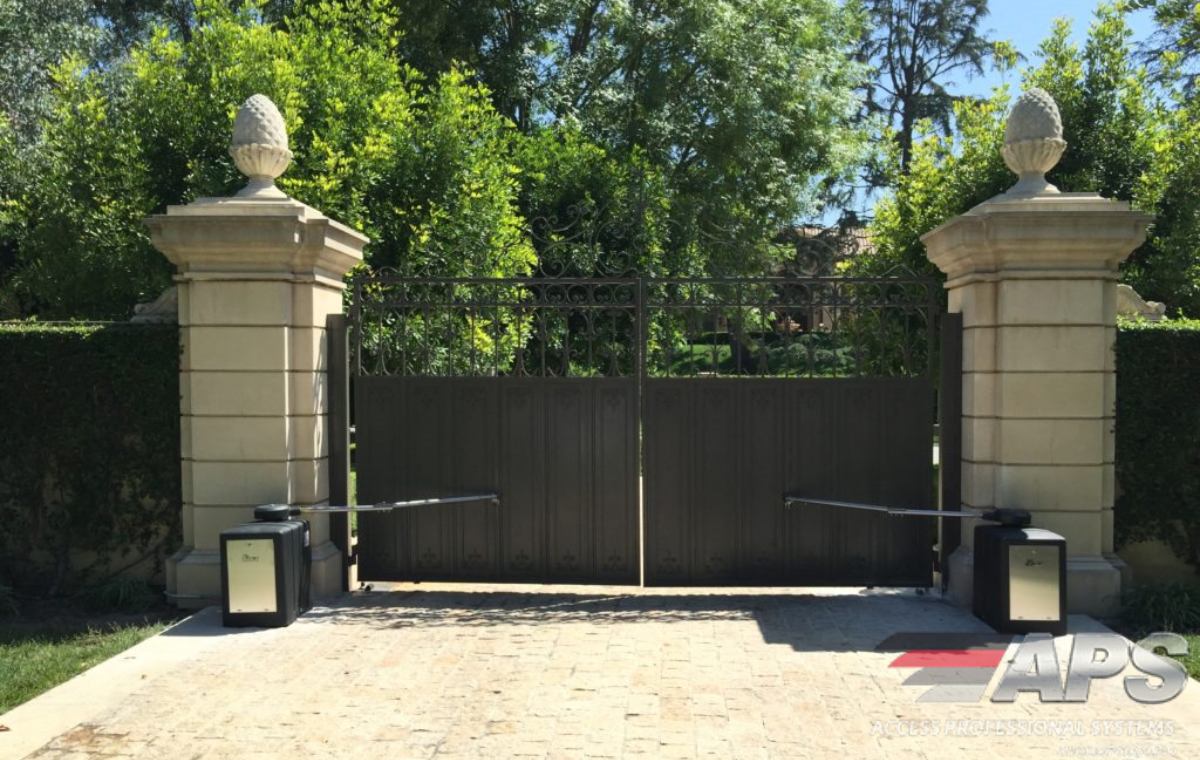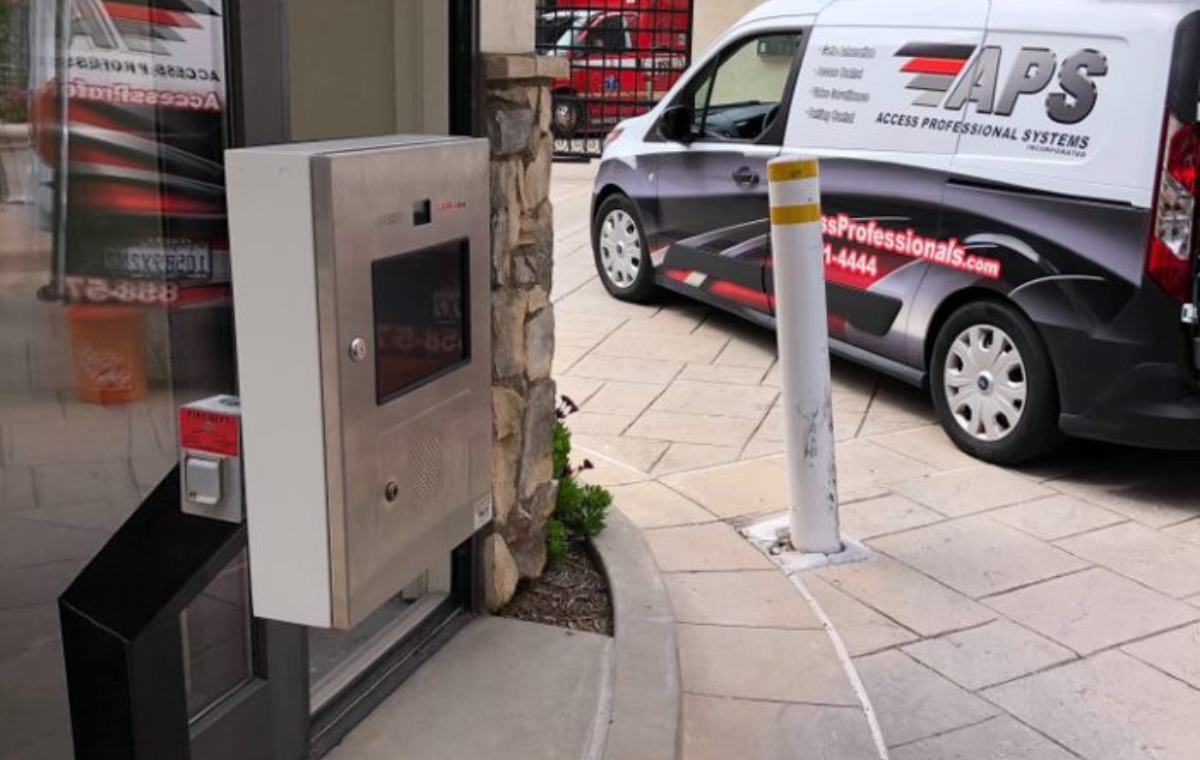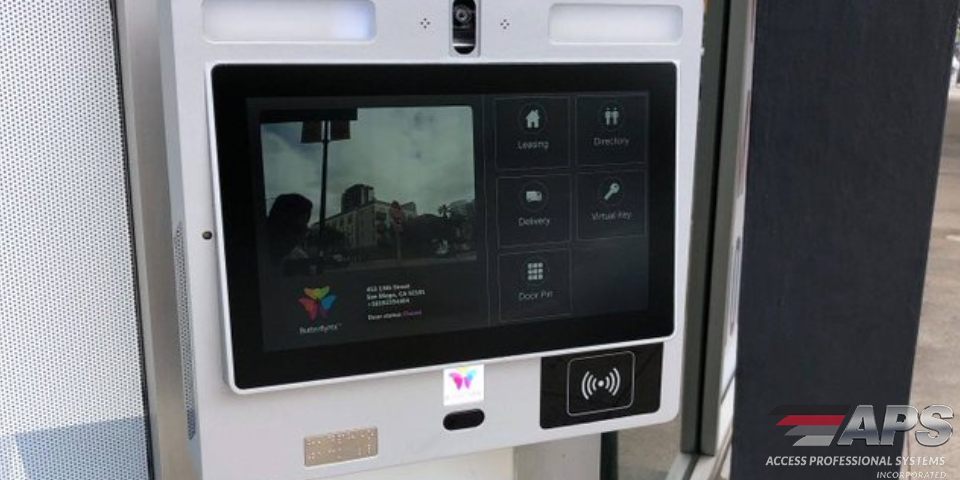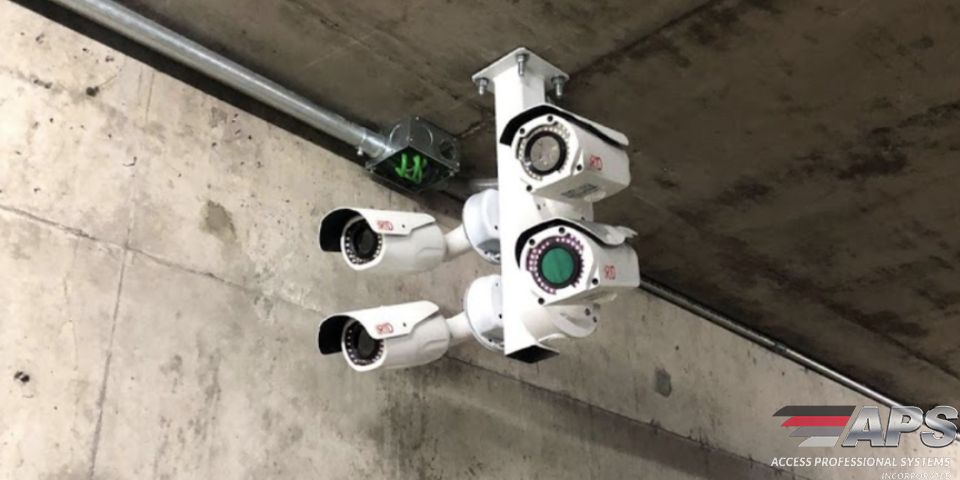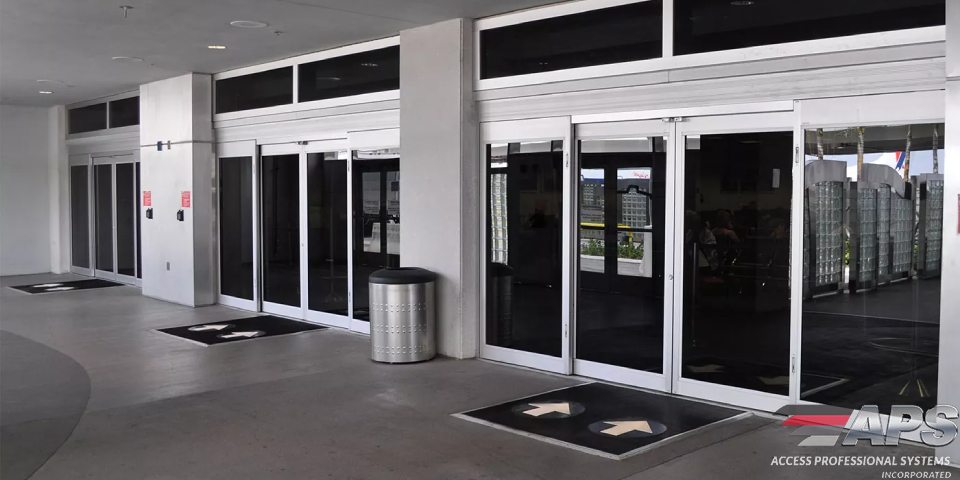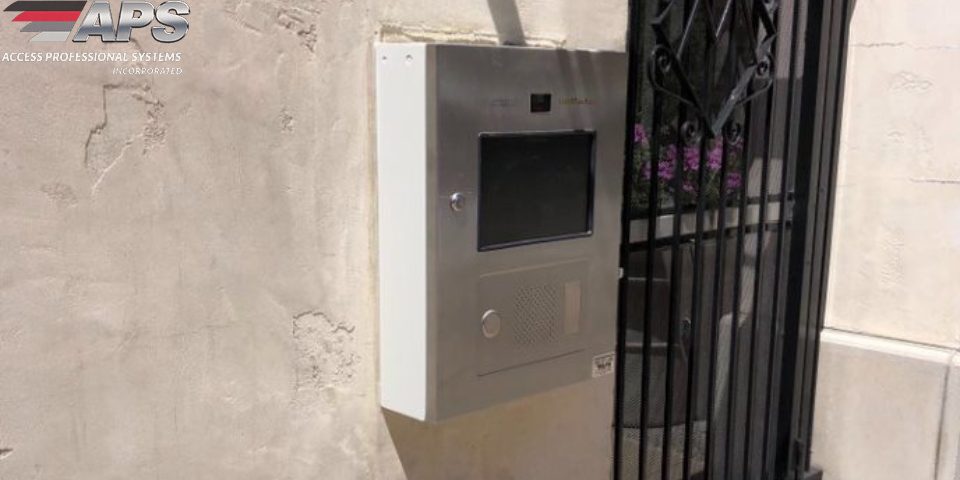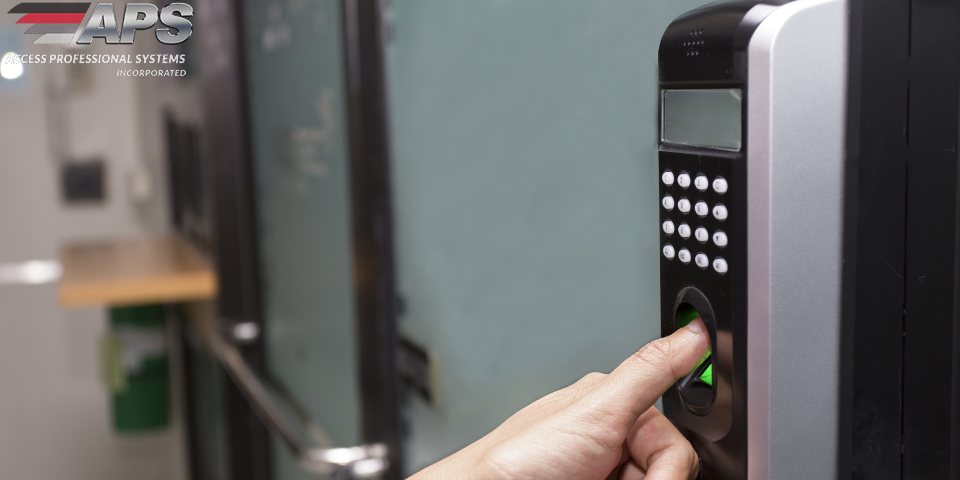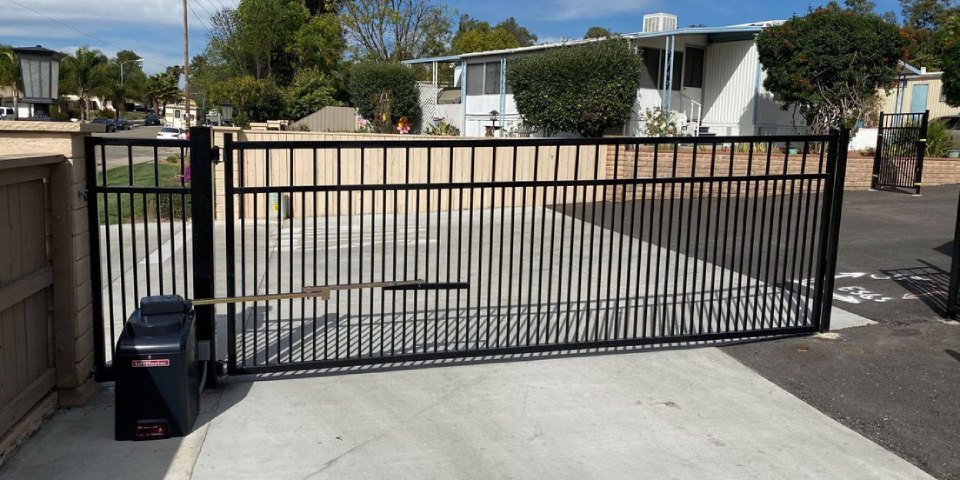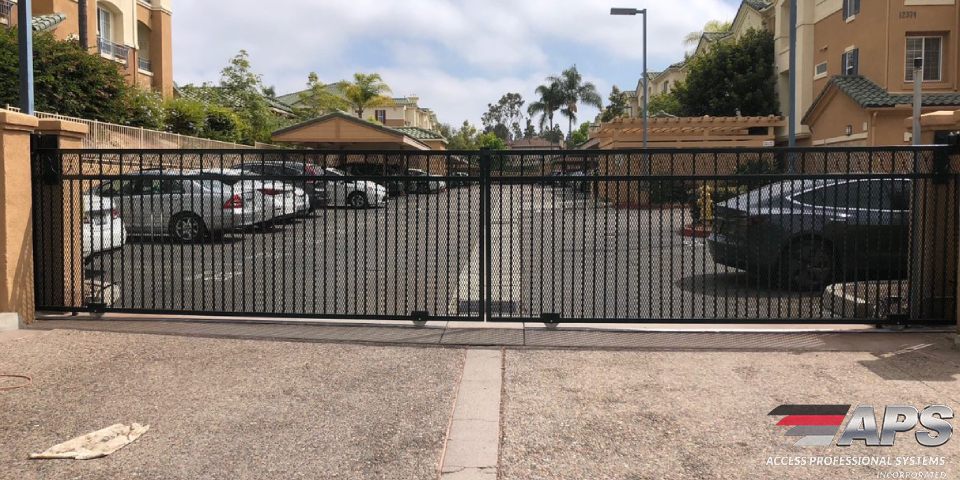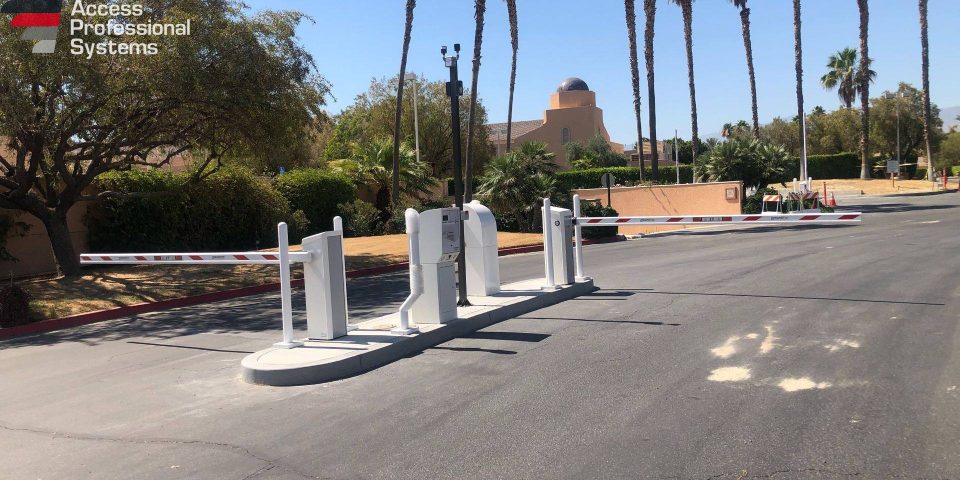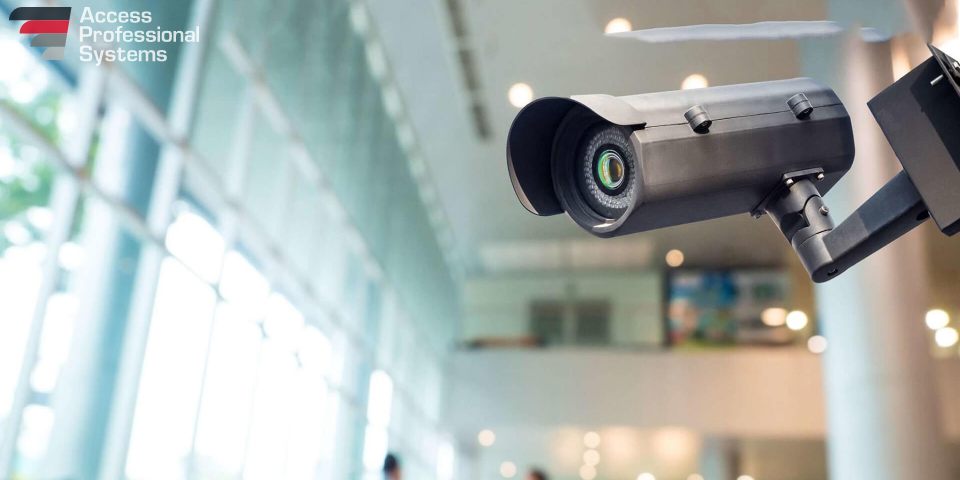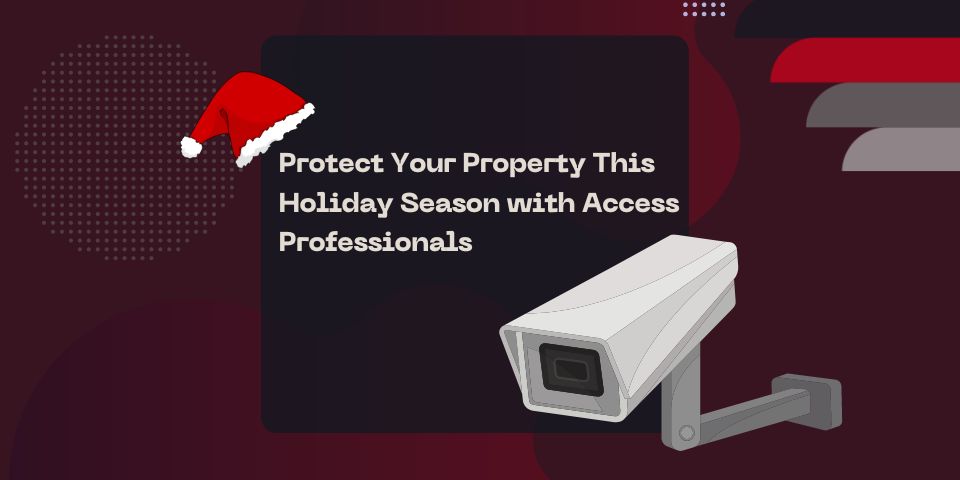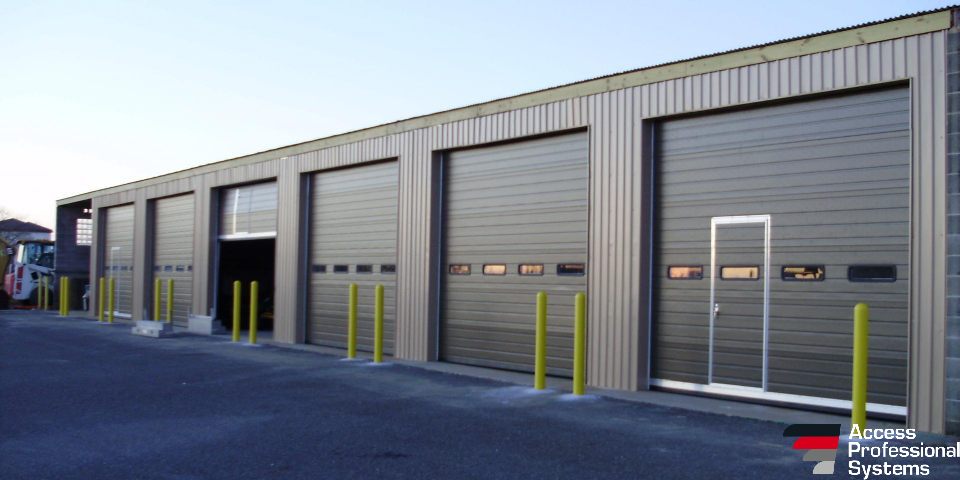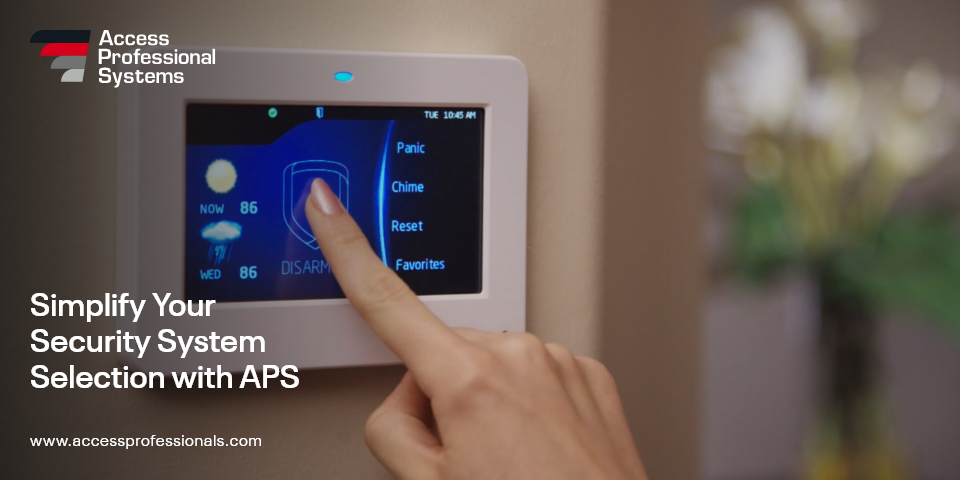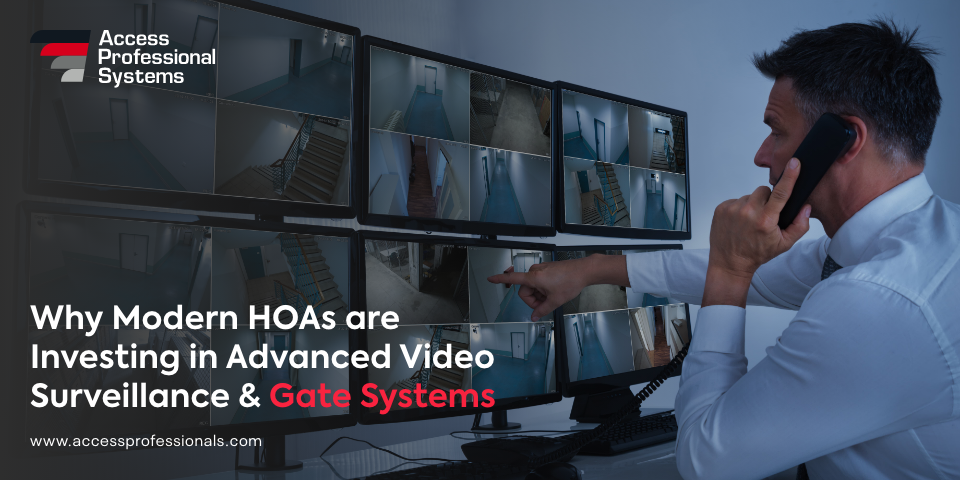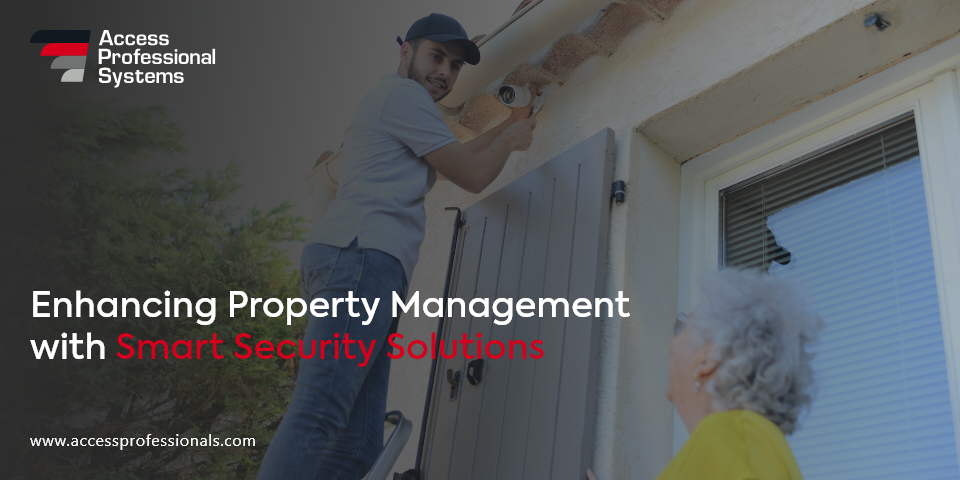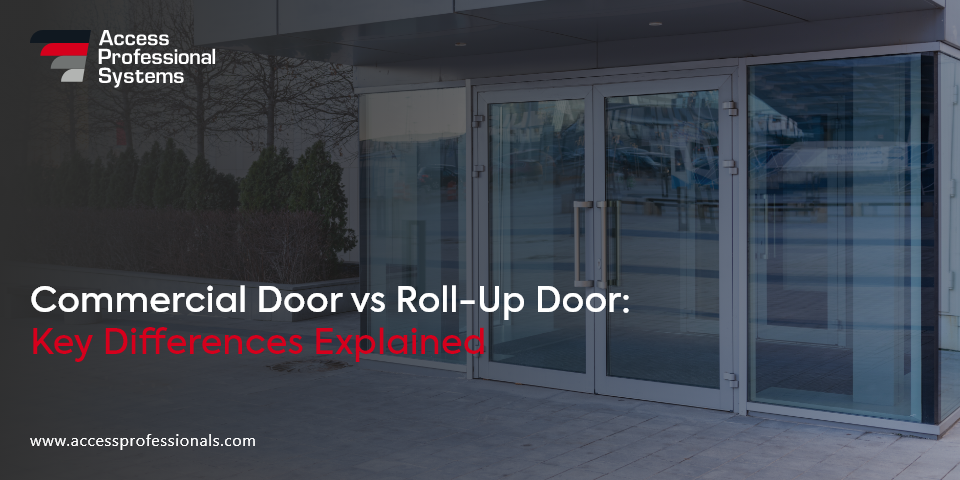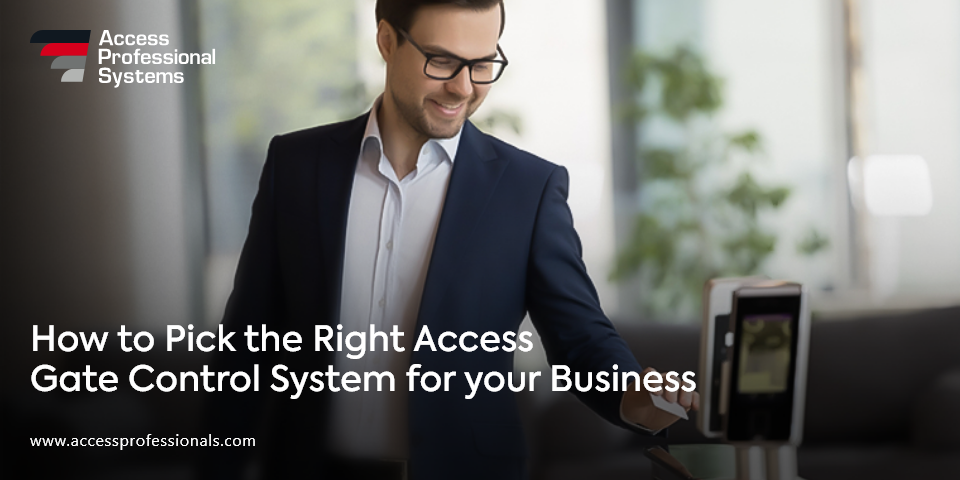
7 Things to Consider Before Installing a Residential Vehicle Gate
So, you’re looking for a new gate? That’s great news! And, you’ve come to the right place, because APS – Access Professional Systems has been installing automated vehicle gates for decades!
For the purposes of this article, we’ll assume you’re a single-family homeowner who either already has or wants to install a new gate. Here’s 7 things to keep in mind before you ultimately decide how you want to move forward.
#1: Gate Type
The vast majority of residential gates fall into three categories: sliding gates, swing gates, and bi-parting swing gates. Each serves the same purpose: secure your property while allowing vehicles to pass from one side to the other. They just open and close in a different manner. Let’s discuss each type.
Sliding Gates
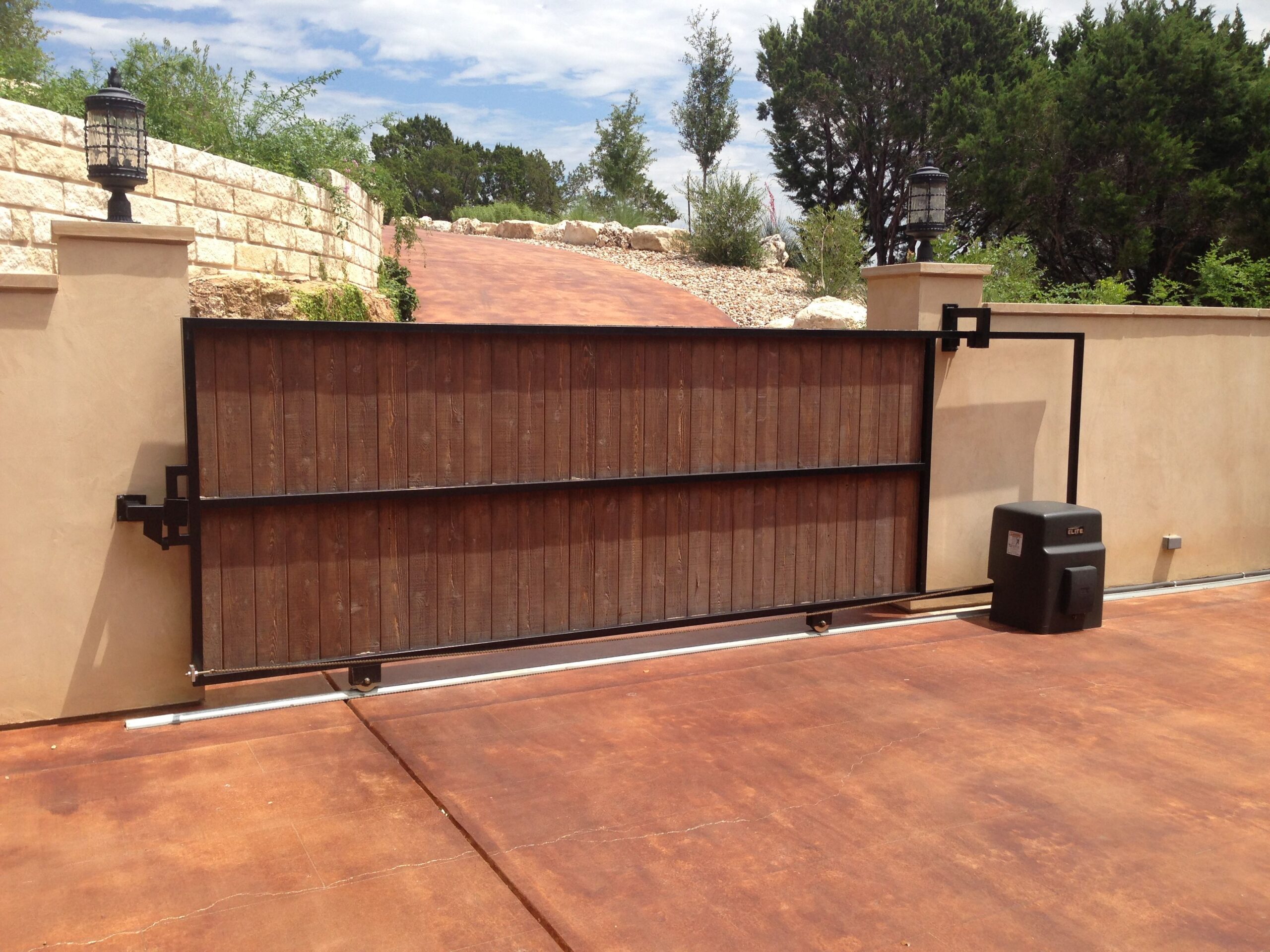
These gates operate on what you typically see as a “chain and rail” system powered by a motor. Once activated, the motor begins to retract the gate, which usually sits on a wrought iron rail bolted to the driveway. As the gate retracts, the driveway opening increasingly becomes visible. Vehicles may pass once the gate has fully retracted. Like all gates, it will only remain open for a relatively short period of time before it begins to close automatically after the vehicle has safely passed. All gates have integrated safety sensors that will prevent the gate from closing if activated.
Swing Gate
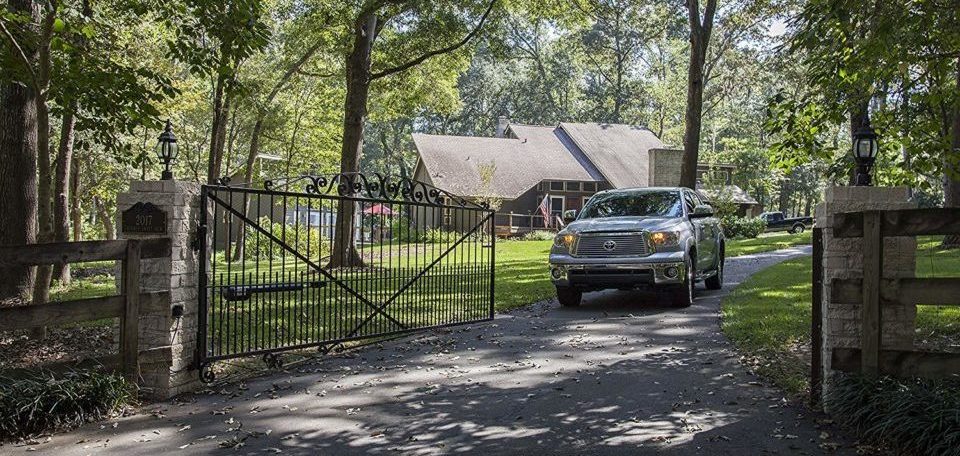 Rather than retract and slide on a track, swing gates, which are also powered by a motor (or operator), are hinged and open either away from your vehicle or towards it. How the gates open largely depends on your driveway’s slope. To avoid re-engineering your driveway, it’s easiest for the gate operator to open the swing gate downhill. This means your gate will open towards you as you approach the gate and away from you as you exit. If swinging downhill is not an option, special uphill hinges and gate arm kits can be installed. If you’re on level ground this won’t apply and how the gates open and close can be determined purely on your desire. Finally, a swing gate that spans the entire length of a driveway will be operated with one operator. Otherwise, if it’s split into two sections, two operators will be needed.
Rather than retract and slide on a track, swing gates, which are also powered by a motor (or operator), are hinged and open either away from your vehicle or towards it. How the gates open largely depends on your driveway’s slope. To avoid re-engineering your driveway, it’s easiest for the gate operator to open the swing gate downhill. This means your gate will open towards you as you approach the gate and away from you as you exit. If swinging downhill is not an option, special uphill hinges and gate arm kits can be installed. If you’re on level ground this won’t apply and how the gates open and close can be determined purely on your desire. Finally, a swing gate that spans the entire length of a driveway will be operated with one operator. Otherwise, if it’s split into two sections, two operators will be needed.
Bi-Parting Swing Gate
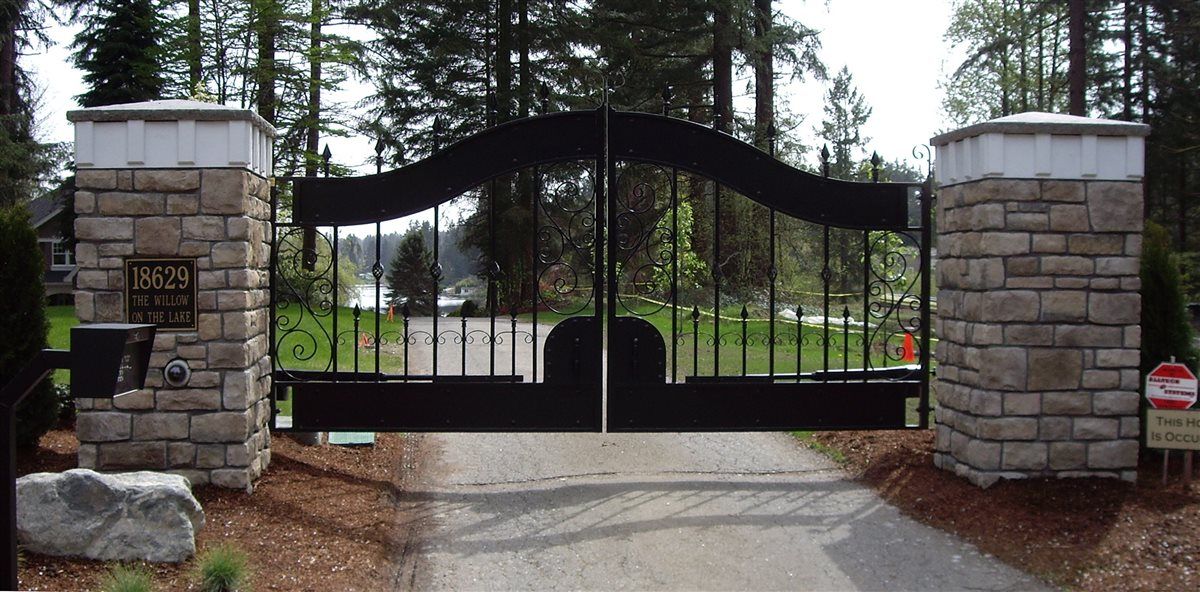 There are two big differences between a bi-parting swing gate and a “classical” swing gate. As the name implies, a bi-parting swing gate has two operators that open two sections of gate that meet in the middle. The other big difference is they traditionally open and close together. Unlike a swing gate that may only require one operator (motor), bi-parting swing gates require two operators; one for each section of the gate.
There are two big differences between a bi-parting swing gate and a “classical” swing gate. As the name implies, a bi-parting swing gate has two operators that open two sections of gate that meet in the middle. The other big difference is they traditionally open and close together. Unlike a swing gate that may only require one operator (motor), bi-parting swing gates require two operators; one for each section of the gate.
Now that you’re a gate pro, let’s dig into the other details that we take into consideration before installing or upgrading an existing gate system.
#2: UL 325 Compliance
Any gate designed by APS will be manufactured and installed to current industry standards and will comply with any and all applicable Underwriters Laboratories (UL) standards. Anything less is just not the APS Way. This is for several reasons, but at the top of the list is your safety. Period.
 In March of 2000, UL published its standard for gate safety and protocols. Simply put, UL 325 gives us details on how fast gates can open and close, where sensors can be mounted, if audio alarms are needed and the frequency range they’re to be heard at, what happens when the gate makes contact with a foreign object (car, animal, person, etc.), and much, much more.
In March of 2000, UL published its standard for gate safety and protocols. Simply put, UL 325 gives us details on how fast gates can open and close, where sensors can be mounted, if audio alarms are needed and the frequency range they’re to be heard at, what happens when the gate makes contact with a foreign object (car, animal, person, etc.), and much, much more.
You may be asking yourself, can a gate be installed correctly and not be UL 325 compliant? Yes, a gate can be properly installed, work just fine, and not be UL 325 compliant. UL 325 is entirely about safety and minimizing injury or even death. Would APS sell and install a non-compliant gate? Not a chance. We don’t compromise on safety!
Not sure if your gate is compliant? Give us a call!
A quick note about Underwriters Laboratories: Virtually everything we buy or use in a residential setting has likely been tested, or individual components have been tested and approved by UL. The easiest place to find the UL logo in your home is to find the end of a wall plug or the top of a light bulb. You’re looking for that “gray shiny” tag.
Every consumer product that could cause harm or trigger an event like a fire, electrocution, etc. must meet UL’s publicized standards. The standard for gates is UL 325.
#3: Electrical Needs
If you’re upgrading your existing game system, you shouldn’t have any electrical worries. But, if you’re installing a gate for the first time, we’ll need to figure out where we’ll grab electricity from. The operators don’t require massive amounts of electricity, but they do require a power source. Part of total evaluation will include any electrical needs your gate requires. Proper electrical can only help preserve the life of your gate operator (and the need for future electrical repairs). Our first recommendation is always to pull wired power from the nearest source, but solar is a secondary option, if the entrance to your property is a great distance from the house or nearest power source.
#4: Loops, Remotes, Fobs, Call Boxes, WiFi and more!
Now that you have your gate type selected, you understand UL 325, and your operator has power… how do you plan to open your gate? You have options!
Loops
Ever approach a gate and it opens automatically? Unless there’s some sort of communication between your vehicle and the gate motor (operator), this happens because you’ve activated “loops” in the ground. These loops are either cut into the driveway in the shape of a square with rounded edges or they’re slightly below the surface of the driveway. Loops are installed for vehicle presence detection. Driving over them as you exit simply alerts the gate that it needs to open and is it safe to close automatically once you’ve exited.
Remotes
These are a fan favorite, by far. They’re easy to program, inexpensive, and can be easily stored in your car. If you don’t have loops on the inside of your gate, you’ll likely use a remote to activate the operator. Unless the remote goes bad, just replace with standard over-the-counter batteries and you’re back at it.
Fobs (and Cards)
For large estates or homes with multiple gated entrances a key fob or key card system could prove useful. Although they require additional hardware, electrical, maintenance, and programming, Fob systems are very easy to manage.
Call Boxes
These are also a popular solution allowing drivers to place a call into the residence, so those at home can trigger the gate on the driver’s behalf. Often referred to as Telephone Entry Systems (TES), these are also great ways for homes to control and monitor who enters the property. These can be as simple as a traditional silver call box or it can include an 8” touchscreen with video. It really depends on what your needs are.
WiFi
Systems that allow homeowners to open their gate over WiFi are quickly becoming very popular. It actually makes a ton of sense… we all have a smartphone that we are very unlikely to lose (unlike gate remotes, which can get tossed around or out of reach). With these systems, users can open their gate with the push (or tap) of a button. Use the spare gate remotes for other drives in your household.
The only additional consideration would be connecting the gate to the internet. You’ll need a subscription to a data plan to allow your phone and gate operator the ability to talk to each other.
#5: Access for Emergency Services
Every gate, whether it’s in a commercial, community living, or residential setting, has a “special” switch that allows emergency personnel through the gate. They’re made by a company called Knox, which makes a variety of products for a variety of settings (storing documents, medical supplies, keys, emergency shut off switches, and more). In a residential setting, the most popular Knox applications are the KnoxBox or their Gate Key Switch. In either scenario, incorporating a Knox product into your gate solution is ideal.
#6: On-Going Maintenance
It’s very likely you won’t bump into any hiccups with your new gate operator for some time. After all, it’s brand new, right?
For the same reason that you wash your brand new car (you want the paint to look nice and shimmer in the sun) or change its oil every few months (you want your engine performing at its peak), you want your gate operator to stay in tip-top shape. Because your new gate operator has gears, chains, and moving parts it’s critically important to ensure it continues to work as built. While it’s not likely on the top of your mind as you determine which gate type you need, it’s important to think long-term. Maintaining gate operators isn’t expensive, but a few minutes of care from a highly trained and skilled gate technician can save you hundreds, if not thousands, of dollars later.
#7: Home Value
Curb appeal is eye appeal and eye appeal is buy appeal. The first thing a prospective home buyer sees is the front elevation of your home, and that includes your gate. A good looking and well-maintained gate is one of the first things that’ll catch a buyer’s eye. Throw in some landscaping and exterior lighting and you’re well on your way to preserving and increasing the value of your home. The next big selling point is the added security your gate offers. It definitely sends a strong message to those without access and offers additional peace of mind. Think of it as a “security sign in your yard” without needing one. Of course, if you install a home security system, it’ll only add an additional security layer to your property.
That’s it you’re now a certified gate pro!
Those are 7 things you should consider when thinking about installing a gate on your property. APS has been designing and installing custom gate solutions for decades and is more than happy to help you with your upcoming project. We’re happy to meet you at your home and help you through this process. Click the button below and we’ll be in touch!
Share:

